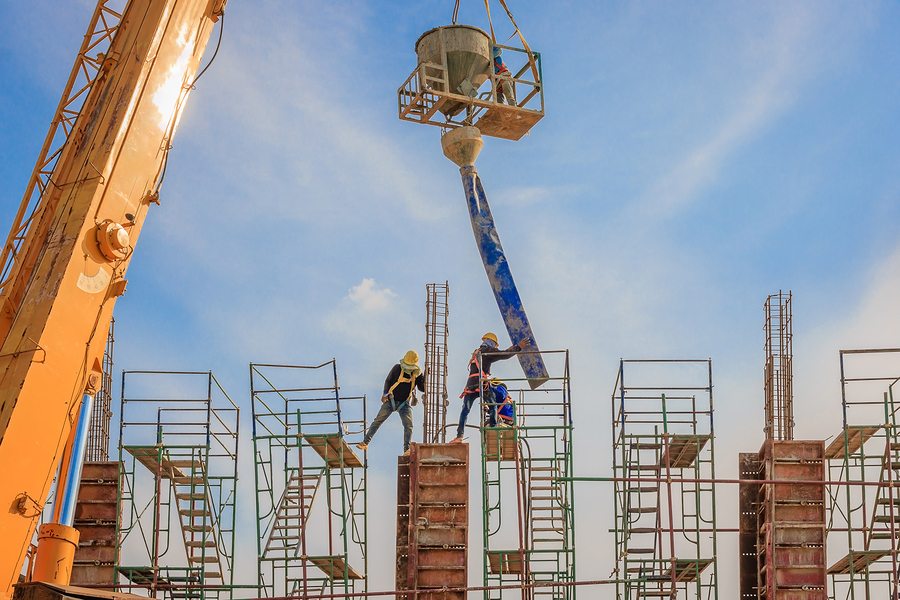Construction sites are active environments. Active transfer of people and materials creates the potential for anything to happen. Site safety is a regulated industry. Safety standards and guidelines in place by OSHA and the International Code Council help maintain site and worker safety
These agencies recommend safety measures developed following years of real-world learning. In the early 1990’s, builders discovered gaps in standardized building safety ordinances. By 1997, the ICC published the first international safety guidelines: the International Building Code (IBC). Alongside OSHA, these agencies set the standard for construction site safety measures.
ICC and OSHA regularly publish standards recommending guardrails on construction sites, keeping workers safe. These safety standards help keep workers safe and reduce insurance costs:
1. Guardrails for Construction Sites
Guardrails help prevent falls on construction sites for workers and visitors. Builders can seal-off areas and secure open walkways for safety. Construction guardrails are for securing:
- Platforms
- Stairs
- Rooftops
- Pits
- Wells
- Materials
Guardrails are required anywhere 30 inches or more separate two walking surfaces. Per ICC and OSHA regulations, rails are to be constructed of rigid materials built to a height of 42 inches above the platform. OSHA regulations stipulate areas separated by 6′ of difference or more be equipped with guardrails or fall-protection system.
2. Construction Site Guardrail Installation
Site guardrails are subject to OSHA and ICC guidelines on proper construction. Regulations for guardrail construction protect workers and visitors. Builders employing properly constructed guardrails:
- Keep workers safe on constitutions sites
- Keep visitors and passerby safe
- Keep access limited to authorized persons
- Keep insurance rates low
- Keep building costs low
- Keep construction companies operationally compliant
Properly constructed guardrails built to code limit builder insurance and legal obligations. This translates to saved time and reduced costs for construction companies and builders alike. Load requirements are determined by architectural design. The forces and stress-levels specific to a site determine guardrail load limits.
3. Guardrail Load Requirements
OSHA and the ICC set guardrail load requirements for the construction industry. Load requirements may vary due to the site and architectural layout. Construction site guard rail general load limit guidelines express rails be able to support:
- 50lbs of weight per foot
- 200lbs of direct force, anywhere rails are present
Rails may shift during building, and wear-and-tear is a part of guardrail construction. Regular inspection of guard rails by site managers and safety personnel helps keep rails safe and compliant.
4. Staying Compliant
Construction companies and builders following the guidelines in place by OSHA and the ICC will avoid penalties and fines. Local authorities enforce construction site safety. Each governing body has authority to issue fines and other reprimands for non-compliance. Repeat violations result in increased severity of penalties. Fines may reach as high as $100,000 per violation.
Construction companies also have the moral obligation to workers for creating a safe work environment. Builders work on reputation, among other traits. Companies holding positive reputations and safe track-records are much more likely to secure bids and contracts. Safe employees can perform better knowing the site is safer, keeping building and insurance costs low.
Construction and insurance topics directly affect health and pocketbook. Topic suggestions are always welcome. Contact an agent for any insurance-related questions or for an insurance quote.



